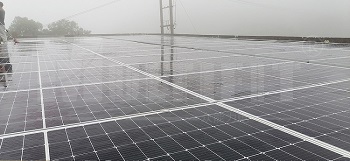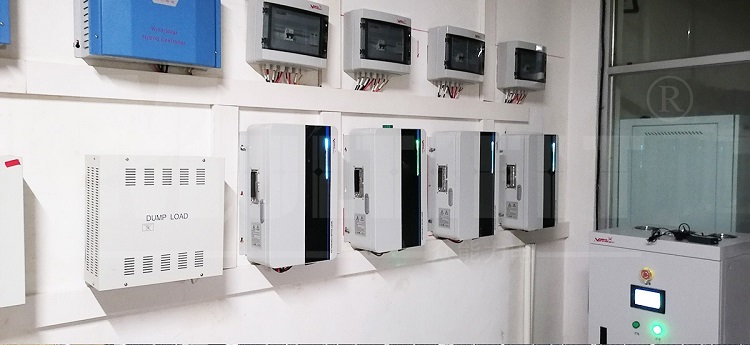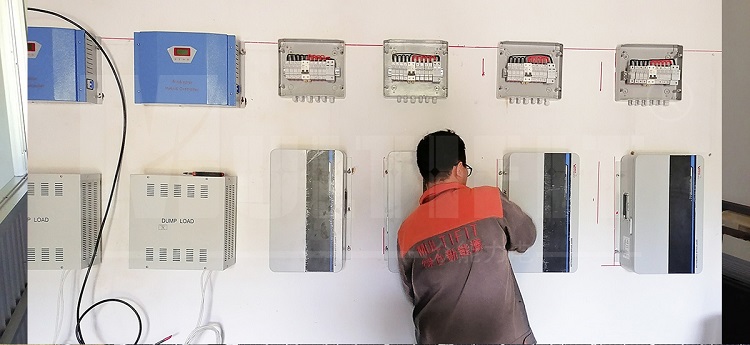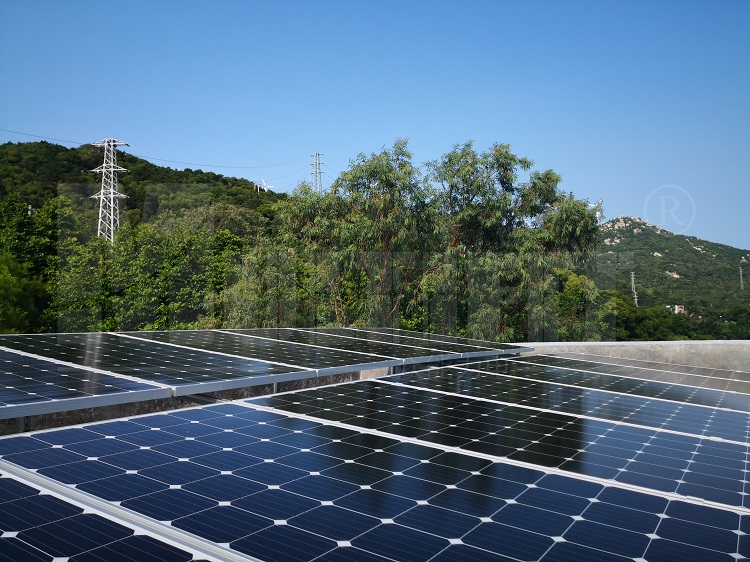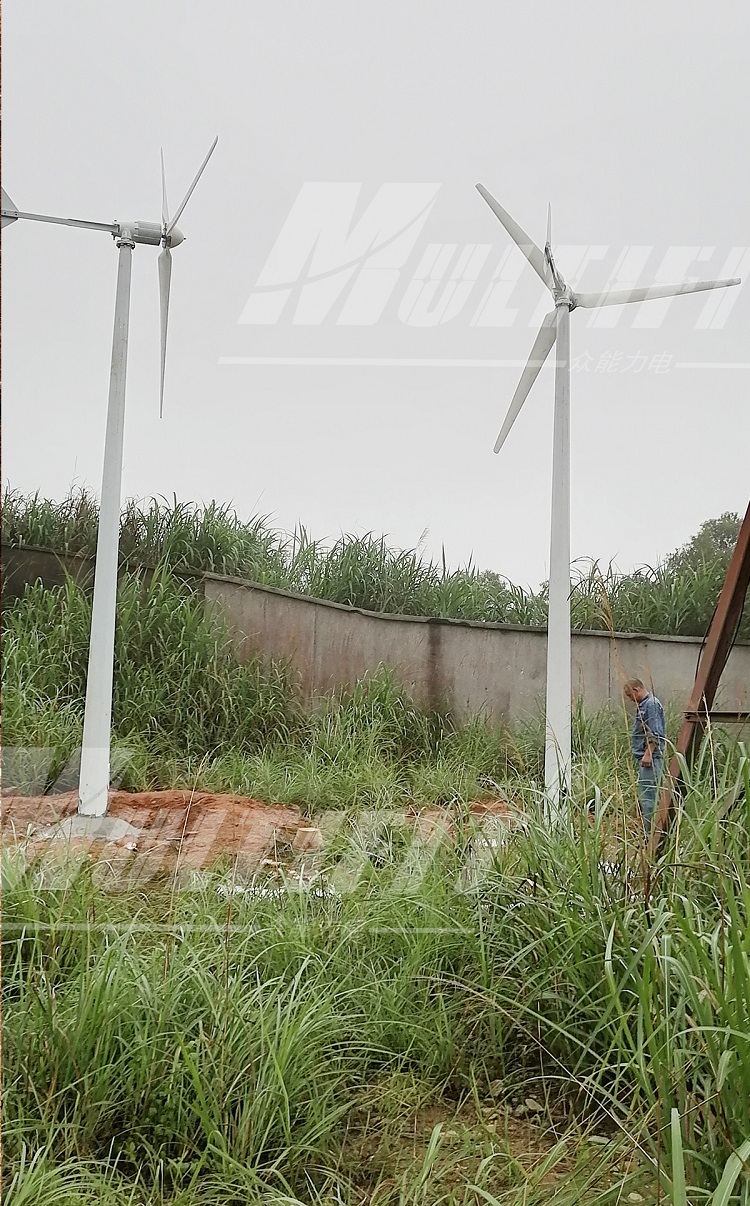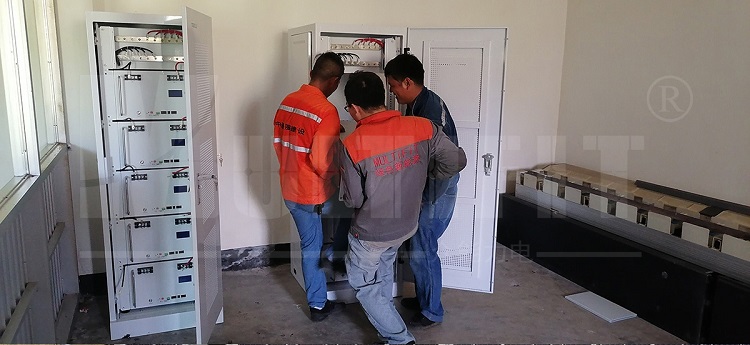Recently, news about the large-scale shutdown of photovoltaic module factories has been circulating in the industry. There are rumors that several PV module factories will cut or stop production in the few days from the end of June to the beginning of July. With the continuous rise of upstream prices in the photovoltaic industry chain, the profitability of midstream module factories is “unsustainable”, and the demand for downstream terminal power stations is also suppressed.
In 2021, the year-on-year growth rate of newly installed photovoltaic capacity for households will still be relatively high despite the sharp rise in domestic module prices. Behind the difference in the installed demand of the two photovoltaic power plants is the difference in yield. Ground-based power stations are generally suitable for areas with sparsely populated areas, and the electricity price is relatively low; while household photovoltaics are generally built on the roof, which is more suitable for places with fewer people and denser people, and the electricity price is relatively high. At the same high component price, the yield of distributed projects is higher than that of ground-based power plants. Therefore, high component prices have less fluctuation in demand for distributed power plants. “The impact of price increases on centralized ground power stations is indeed great. In contrast, distributed power stations are less sensitive to price.” Further, distributed power stations and centralized ground power stations are also different in their acceptance of high components. of. Terminal acceptance remains sluggish. In the following July and August, the pull of domestic demand and projects is expected to be limited by high prices. According to the analysis, although module manufacturers have made some slight adjustments to the price quotations in July (the increase is about 0.02 yuan to 0.05 yuan per watt), the terminal demand and acceptance still need to wait for the upstream price of the supply chain to be determined. Changes are possible.
In the past two years, the price of silicon material was too high in the industry, but at that time, there was no large-scale production scheduling or production stoppage by photovoltaic module manufacturers. In fact, the most “dilemma” for component manufacturers now is that in the context of the continuous pressure on the cost side by upstream price adjustments, the component side “whether to follow up” and “how much should it increase” can be accepted by the terminal demand. At present, the price of components has been showing signs of rising slightly. According to data from industry think tank Solarzoom, with the price increase of silicon wafers and cells since last week, the cost pressure of module manufacturers has further intensified. The domestic component prices have been slightly increased accordingly, and the mainstream prices have reached the range of RMB 1.91/W to RMB 1.98/W. According to estimates, 1.95 yuan / watt is almost the price limit that domestic downstream investment enterprises can bear. According to the analysis of Zhihui Photovoltaic, when the module price is higher than 1.95 yuan / watt, the bidding volume of domestic photovoltaic modules has dropped significantly. Even if the price of cells further increases, it is difficult for module companies to transmit prices downstream. The surge in upstream costs, In addition to affecting the profits and production scheduling of midstream module factories, it will continue to be passed down to the installed capacity market of terminal photovoltaic power plants.
This year’s domestic installed capacity is relatively weak, and the downstream cannot accept the high price of the upstream. “Some component factories: “Now the quotations of components are more than two yuan a (2.1 yuan), and the winning bids are all about one eight to one yuan eighty five (1.8 yuan ~ 1.85 yuan). Recently, the price of silicon material has exceeded 30 yuan. RMB 10,000/ton, the downstream demand of silicon materials and the reduction of production and maintenance of silicon materials enterprises have led to the shortage of silicon materials and caused the price to rise. We can’t get to work at all. The surge in upstream costs, in addition to affecting the profits and production scheduling of midstream module factories, will continue to be transmitted down to the installed capacity market of terminal photovoltaic power plants.
Under the background of “carbon neutrality”, the proportion of photovoltaic and wind power in the energy structure is gradually increasing. New energy is an important development direction in the future.
Our talents are constantly developing and climbing the peak in the field of combining photovoltaic and wind power and new energy. Recently, we have undertaken the wind-solar hybrid system of the Guanmenshan radar station in Jieyang City, providing green wind-solar power for the radar station, so that the radar station can use electricity without worries. . For the continuous development of the photovoltaic industry, all our talented people have not forgotten their original intentions, and forge ahead with their hearts to do a little bit. Make greater contributions to the development of the photovoltaic industry!
Post time: Jul-12-2022


